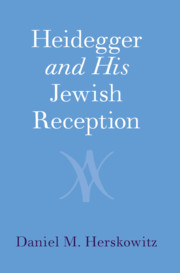In the subsection “Grammar of Eros (The Language of Love)” in section 2 of book 2 of The Star of Redemption, the beating heart of the work, Franz Rosenzweig offers a peculiar portrait of the event of revelation. What is presented is a dramatization of the encounter between the loving God and the beloved human soul, a developing scene consisting of a series of utterances and experiences, many of which appear unwarranted. Why does Rosenzweig present revelation in this manner? This article seeks to explain the seemingly arbitrary twists and turns in the dramatized “plot” through which Rosenzweig depicts revelation by demonstrating that it follows in its main features the prevalent Protestant understanding of revelation as encompassing not only divine self-disclosure but also the discovery of sin, confession, forgiveness of sin, reconciliation, attainment of selfhood, and redemption, and is framed according to the directives of the Lutheran foundational principle of “at once a sinner and justified (Simul Justus et Peccator). In so doing, it exhibits Rosenzweig’s deep embeddedness in the Protestant theological discourse of his time and shows that The Star should be understood in light of the contemporary Protestant theology.


